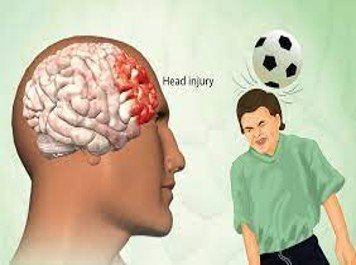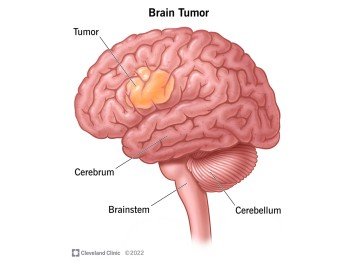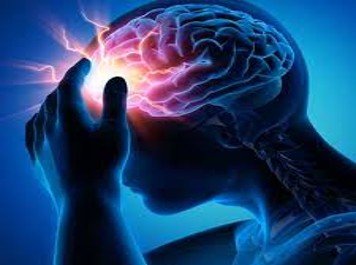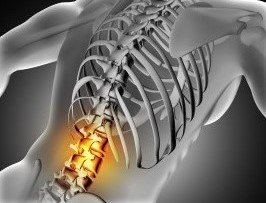-
Online Consultation Also Available
- +91 7000206208
-
Neuro Care Clinic- Shop No.3, Sukhbeer Complex, Infront of Manubhan Tekri, Lalghati, Bhopal
Condition We Treat

Head Injury
Head injuries can mild concussions to severe traumatic brain injuries (TBIs), and they occur when there is trauma to the scalp, skull, or brain. These injuries can result from various incidents such as falls, or being struck by an object.

Brain Tumour
Brain tumors are abnormal growths of cells in the brain. They can be benign (non-cancerous) or malignant (cancerous) and can originate from brain tissue or from cells that have spread from other parts of the body (metastatic tumors).

Sciatica
Sciatica refers to pain that radiates along the path of the sciatic nerve, which branches from your lower back through your hips and buttocks and down each leg. Sciatica typically affects only one side of your body.

Epilepsy
Epilepsy is a neurological disorder characterized by recurrent, unprovoked seizures. These seizures occur due to abnormal electrical activity in the brain, which can cause temporary disruptions in sensation, movement, consciousness, or behavior.

Spine Tumour
Spinal tumors are abnormal growths of cells within or near the spinal cord or spinal column. These tumors can be benign (non-cancerous) or malignant (cancerous), and they can originate from the spinal cord itself, the surrounding nerves, or other structures within the spine.

Slip Disc
A slipped disc, also known as a herniated disc or a ruptured disc, occurs when the soft inner core of a spinal disc protrudes through the tough outer layer. This can irritate nearby nerves and cause symptoms such as pain, numbness, or weakness in the affected area.

Stroke
A stroke, also known as a cerebrovascular accident (CVA), occurs when the blood supply to part of the brain is interrupted or reduced, depriving brain tissue of oxygen and nutrients. This can lead to damage or death of brain cells, resulting in various neurological deficits
.jpg)
Headache/Migraine
Headaches are a common health concern experienced by people of all ages and can vary in intensity, duration, and underlying cause. While most headaches are not serious and can be managed with self-care measures, some may require medical evaluation and treatment.
.jpg)
Hydrocephalus
Hydrocephalus is a condition characterized by abnormal accumulation of cerebrospinal fluid (CSF) within the cavities of the brain, called ventricles. This buildup of fluid can lead to increased pressure on the brain, which damage tissue and impair brain function if left untreated.

Spine Injury
Spine injuries can range from relatively minor strains or sprains to more severe conditions like fractures or spinal cord injuries. These injuries can result from various causes, including trauma, accidents, falls, sports injuries, or degenerative conditions.

Spina Bifida
Spina Bifida is a congenital condition that affects the development of the spine and spinal cord during fetal growth. It occurs when the neural tube, which forms the baby's brain, spinal cord, and surrounding tissues, fails to close completely during the first month of pregnancy.
.jpg)
Carpal Tunnel Syndrome
Carpal tunnel syndrome (CTS) is a common condition that affects the hand and wrist, causing pain, numbness, and tingling sensations. It occurs when the median nerve, which runs from the forearm into the palm of the hand, becomes compressed or squeezed as it passes through the carpal tunnel.